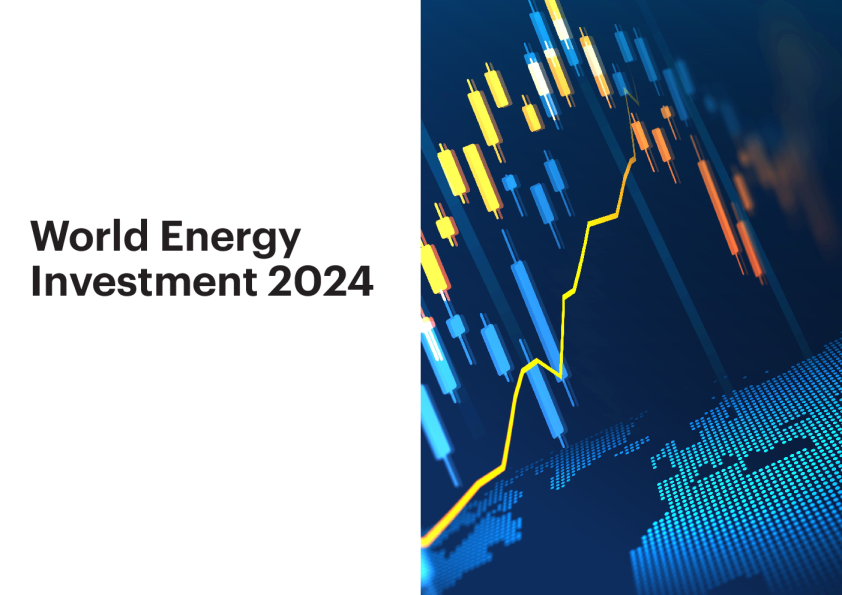World Energy Investment 2022
 AI智能总结
AI智能总结World Energy Investment 2022
Introduction
The spotlight is on energy investment as never before. High fuel prices, inflationary pressures, supply chain bottlenecks, the urgent need to accelerate the energy sector's transformation to net zero, and the Russian invasion of Ukraine are creating a potent mix of pressures and incentives for energy investors.
Overview and Key Findings
- Investment Trends: Recent investment trends have contributed significantly to the current crisis.
- Energy Security: Many investments are now viewed through an energy security lens.
- Cost Pressures: Widespread cost pressures are impacting investments.
- Revenue Boost: High fuel prices are bringing major revenue boosts to traditional suppliers.
- Climate Crisis Solutions: Expectations are growing that investments will align with solutions to the climate crisis.
Energy Supply
- Overview: The report examines various aspects of energy supply, including upstream and midstream oil and gas, and the transition of the oil and gas industry.
- Upstream Oil and Gas: Investment trends and challenges in upstream oil and gas.
- Midstream and Downstream Oil and Gas: Analysis of midstream and downstream activities.
- Oil and Gas Industry Transitions: Transition challenges and opportunities.
- Low Emissions Fuels: Investment in low-emissions fuels.
- Coal: Analysis of coal investments and their implications.
Energy End Use and Efficiency
- Overview: Examination of energy end use and efficiency in buildings, transport, and industry.
- Buildings: Focus on building energy efficiency.
- Transport: Analysis of transport sector energy use.
- Industry: Examination of industrial energy use and efficiency.
R&D and Technology Innovation
- Spending on Energy R&D: Overview of spending on energy research and development.
- Venture Capital Funding: Funding for early-stage energy technology companies.
Finance
- Overview: Examination of financial aspects, including sustainable finance.
- Emerging Markets and Developing Economies: Focus on energy investment in emerging and developing economies.
Conclusion
- Energy Security Lens: Investments are increasingly viewed through the lens of energy security.
- Cost Pressures: Significant cost pressures are affecting investment decisions.
- Revenue Boosts: High fuel prices are providing substantial revenue boosts to traditional suppliers.
- Climate Solutions: Growing expectations that investments will address the climate crisis.
Key Data Points
- Fuel Prices: High and volatile fuel prices.
- Supply Chain Bottlenecks: Challenges in supply chains.
- Covid Impact: Reduced investments due to the pandemic.
- Energy Poverty: Increased energy poverty among vulnerable populations.
- Investment Shortfalls: Insufficient investment in energy transitions.
- Net Zero Goals: The IEA's Net Zero by 2050 roadmap.
- European Dependence: European reliance on Russian oil and gas.
- Sustainable Recovery: Need for sustainable recovery in developing economies.
These factors collectively shape the current investment landscape and highlight the urgent need for accelerated energy sector transformation.





